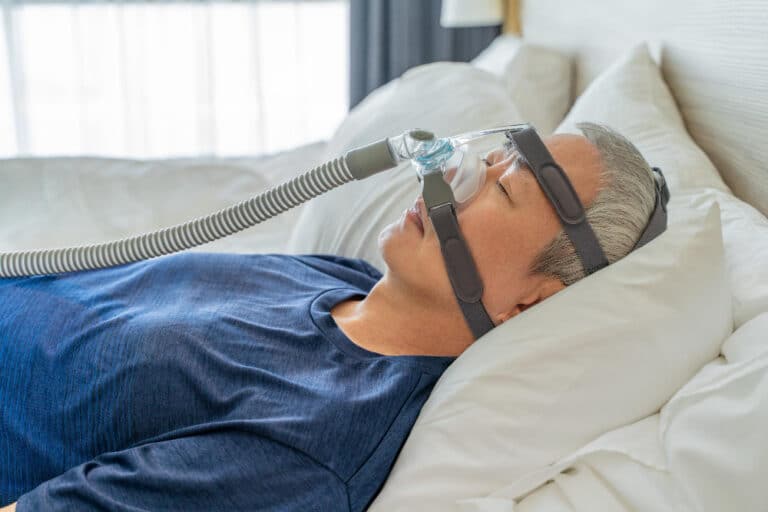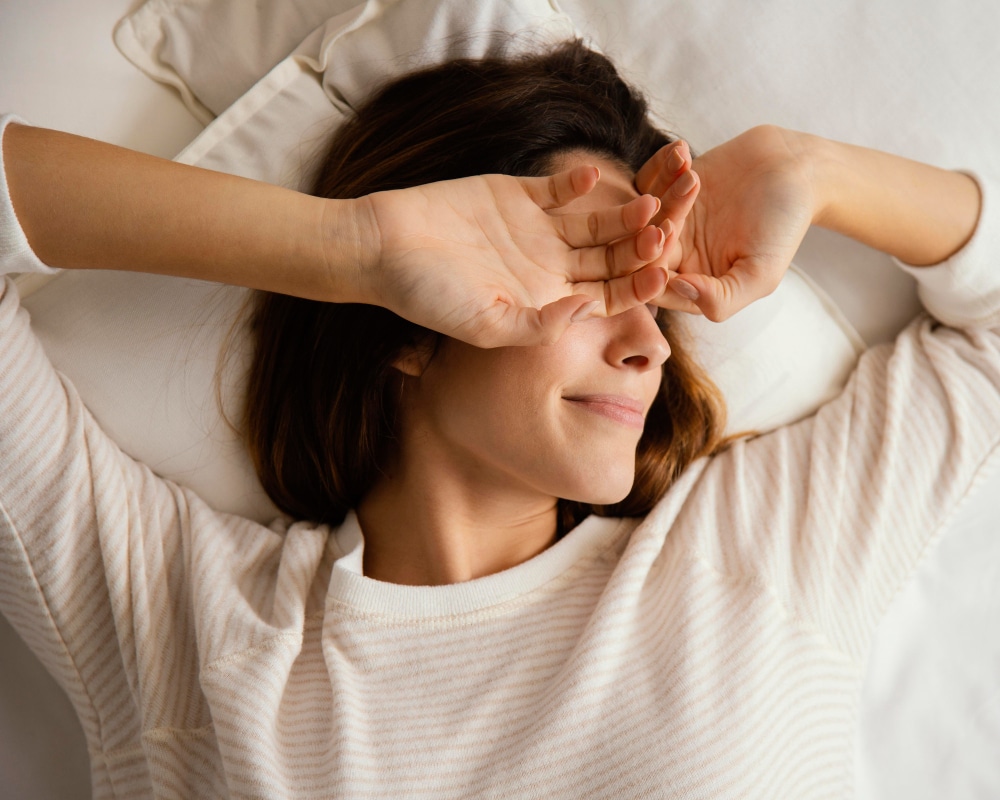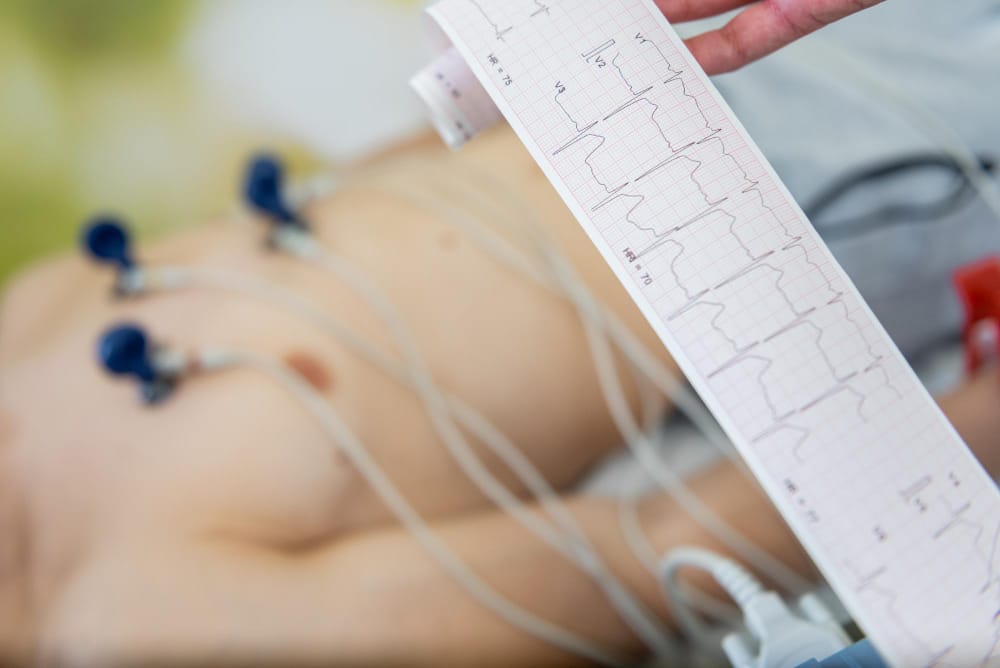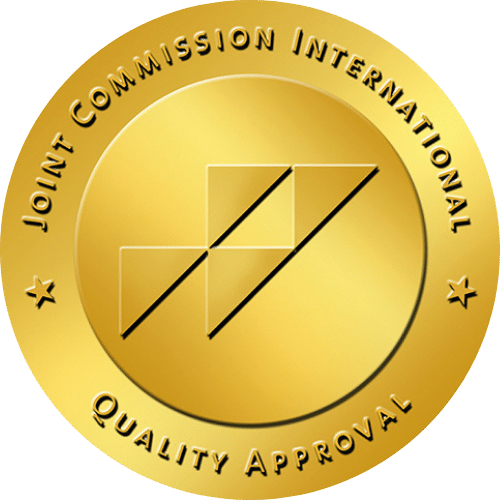4 min read

Have you ever wondered why you wake up feeling exhausted, even after a full night’s sleep? Or maybe someone has told you that you snore too loudly? If your doctor has recommended a sleep study, you might feel a bit anxious or unsure about what to expect.
I get it—sleeping in a lab with sensors attached to you doesn’t sound like a dream night. But don’t worry! The process is simpler than you think, and preparing properly can make the experience much smoother. Let’s break it down step by step so you can walk into your sleep study feeling confident and ready.
What Is a Sleep Study?
A sleep study, or polysomnography, is a test that tracks your sleep patterns to diagnose conditions like:
✔️ Sleep apnea – When breathing repeatedly stops and starts during sleep.
✔️ Insomnia – Difficulty falling or staying asleep.
✔️ Restless leg syndrome – Uncontrollable leg movements that disrupt sleep.
Why Is a Sleep Study Important?
Think of a sleep study as a roadmap to better sleep. If you struggle with chronic fatigue, poor focus, or snoring, this test can uncover the cause and help your doctor create a treatment plan.
Types of Sleep Studies
Not all sleep studies are the same. Your doctor may recommend:
| Type of Sleep Study | Where It Takes Place | What It Measures | Best For |
| Overnight Lab Sleep Study | Sleep Center | Brain waves, breathing, oxygen levels, heart rate, movement | Diagnosing complex sleep disorders |
| Home Sleep Apnea Test (HSAT) | Your home | Breathing, oxygen levels | Detecting moderate to severe sleep apnea |
If your doctor suspects mild sleep apnea or another complex condition, they’ll likely recommend an overnight lab study for more detailed monitoring.
How to Prepare for a Sleep Study

A little preparation goes a long way! Here’s what you need to do before your sleep study to ensure accurate results.
What to Avoid Before Your Sleep Study
Some habits can interfere with your results. Try to avoid the following:
Avoid caffeine and alcohol
Caffeine and alcohol can disrupt your sleep cycle. Skip that afternoon coffee and avoid alcohol on the day of your test.
Avoid naps and intense exercise
Even a short nap can make it harder to fall asleep during your study. Also, avoid heavy workouts—they can make you too alert at bedtime.
Avoid heavy meals and stimulating activities
A large meal before bed can cause discomfort, while late-night screen time or intense movies can make it harder to relax.
What to Do Before Your Sleep Study
Here’s how to set yourself up for success:
Follow your usual routine
Stick to your normal daily habits so your sleep study reflects a typical night’s rest.
Wash your hair but avoid hair products
Electrodes will be placed on your scalp, so your hair needs to be clean and free of gel, sprays, or oils.
Discuss medications with your doctor
Some medications can affect your sleep. Ask your doctor if they should be adjusted before the study.
Relax before the study
If you feel nervous, try deep breathing, meditation, or reading a book to wind down before heading to the sleep center.
What to Bring to a Sleep Study
Pack like you’re spending the night at a hotel—except instead of vacation, you’re working toward better sleep!
Comfortable clothing and personal toiletries
Wear loose, cozy pajamas and bring any essentials like a toothbrush and face wash.
Insurance information and sleep diary
Some centers require insurance details or a sleep journal tracking your recent habits. Check in advance so you don’t forget anything.
Overnight essentials
If staying overnight, bring a pillow, book, or anything that helps you relax. Some people even bring a familiar blanket for extra comfort.

What to Expect During the Sleep Study
So, what actually happens once you arrive?
Check-in and preparation process
A technician will guide you through the setup, explaining each step. You’ll change into your sleepwear, and sensors will be attached to your body.
Sleep monitoring and data collection
As you sleep, machines will record your breathing, heart rate, oxygen levels, and brain activity. The goal? To uncover what’s disrupting your rest.
Communicating concerns with the technologist
Have questions? Feeling uncomfortable? The sleep technologist is there to help—don’t hesitate to speak up.
Choosing the Right Home Sleep Apnea Test (HSAT)
If your doctor recommends a home sleep apnea test, choosing the right device is key. Here’s a comparison of some popular options:
| Device | Monitors | Pros | Cons |
| WatchPAT ONE | Heart rate, oxygen levels, breathing patterns | Disposable, easy to use, no wires | Not ideal for complex sleep disorders |
| NightOwl Home Sleep Test | Oxygen levels, airflow | Small size, connects to phone app | Limited to sleep apnea detection |
| ResMed ApneaLink Air | Oxygen levels, respiratory effort | Detailed data, widely used in clinics | Bulkier than other options |
Tip: If you suspect sleep apnea but prefer to test at home, ask your doctor which device suits your needs best.
After the Sleep Study: Next Steps
Once the test is over, what comes next?
Understanding your results
Your doctor will analyze the data and explain any sleep disorders detected. This could lead to treatments like CPAP therapy, lifestyle changes, or medication.
Follow-up with your doctor
If your sleep study reveals a problem, your doctor will discuss the next steps, whether it’s more testing, new habits, or medical interventions.
Final Thoughts: Take Control of Your Sleep
A sleep study might seem intimidating, but think of it as a first step toward better sleep and better health. By preparing properly, you can ensure accurate results—and maybe even discover the secret to waking up refreshed every day.
So, are you ready to take control of your sleep?
➡️ Next Step: If you think you need a sleep study, talk to your doctor today and start your journey toward better rest.
Frequently Asked Questions (FAQs)
1. How long does a sleep study take?
A typical overnight sleep study lasts about 6 to 8 hours, depending on how long you sleep. You’ll usually check in at the sleep center in the evening and leave early the next morning. If you’re doing a home sleep apnea test (HSAT), you’ll set up the device before bed and return it the next day. Your doctor will then analyze the data to determine if any sleep disorders are present.
2. Can I go to the bathroom during a sleep study?
Yes! If you need to use the restroom during an in-lab sleep study, just let the technician know. They’ll temporarily disconnect the sensors and reconnect them once you return to bed. If you’re using a home sleep apnea test, most devices are designed to stay in place even if you get up at night.
3. What happens if I can’t fall asleep during the study?
Many people worry about this, but sleep centers are designed to be as comfortable as possible. Even if you don’t sleep as well as usual, the study can still gather enough data to analyze your sleep patterns. If you have severe insomnia, discuss it with your doctor before the test—they may suggest strategies to help you relax.
4. Can I bring my own pillow or blanket?
Yes! Many sleep centers encourage you to bring a familiar pillow or blanket to make the environment feel more comfortable. This can help you relax and fall asleep more easily.
5. How soon will I get my sleep study results?
It typically takes one to two weeks for your doctor to review the data and provide results. If a sleep disorder is detected, your doctor will discuss treatment options with you, such as CPAP therapy for sleep apnea or lifestyle changes to improve sleep quality.

